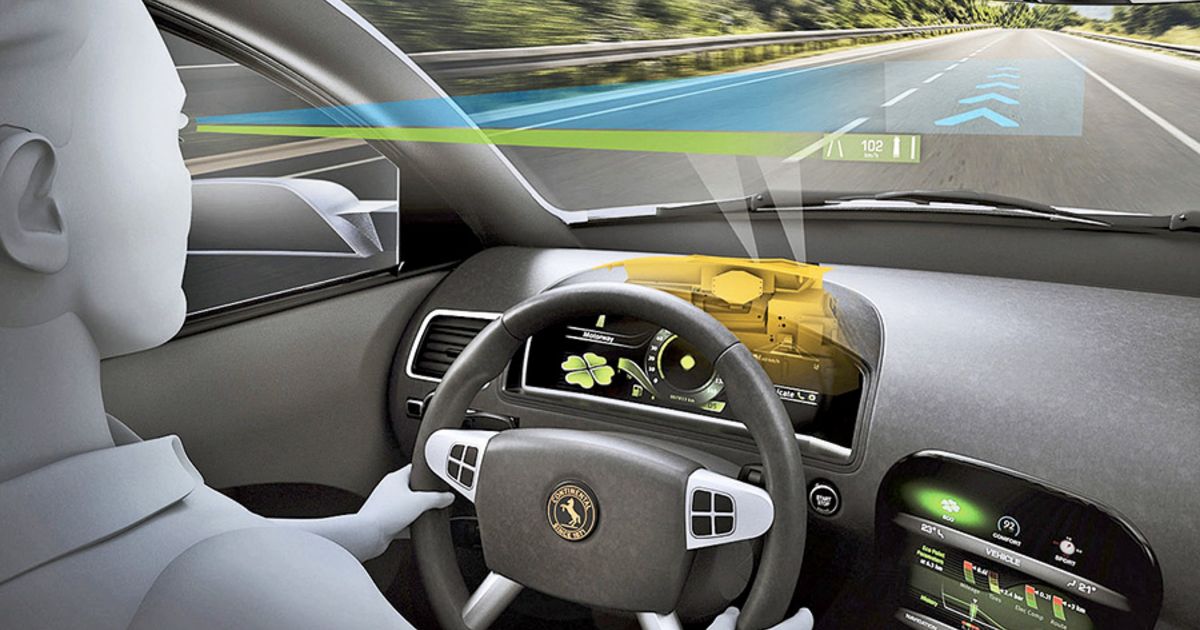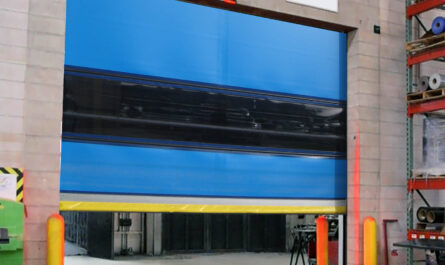Automotive systems have come a long way from being just mechanical machines that take us from point A to point B. Modern cars are increasingly becoming mobile computers on wheels with sophisticated embedded software and electronics powering innovative driver-assist, infotainment and connectivity features. In this article, we explore how automotive embedded systems are revolutionizing the driving experience and paving the way for fully autonomous vehicles.
Automotive Embedded Systems
An embedded system refers to an electronic or computer system designed to perform a dedicated function, often with real-time computing constraints. In the automotive industry, embedded systems are used to control and monitor various mechanical and electrical components within a vehicle. These systems run embedded software that collects sensor inputs, processes data and controls actuators.
Some key components of automotive embedded systems include electronic control units (ECUs), sensors, actuators and a network connecting these components. ECUs run dedicated software to control specific functions like engine management, anti-lock braking, navigation and entertainment. Sensors detect parameters like speed, temperature, pressure and location which are fed to the ECUs. Actuators like injectors, valves and brakes are activated based on ECU commands. All these components communicate over different in-vehicle networks to coordinate complex operations.
Rise of Driver Assistance and Safety Features
Advanced driver assistance systems (ADAS) have emerged as one of the major applications of automotive embedded systems. Systems like adaptive cruise control, lane keeping assist, blind spot monitoring, automatic emergency braking and parking assistance are becoming common on modern luxury cars as well as affordable models.
The role of ECUs in enabling ADAS cannot be understated. For example, adaptive cruise control systems fuse radar, camera and LiDAR sensor inputs using dedicated ECUs to accurately detect vehicles ahead and maintain safe distance electronically. Lane keeping assist ECUs process camera and GPS data to accurately detect lane markings and centrifugal forces to gently steer the vehicle back if it drifts from the lane.
ADAS adoption is growing rapidly due to stricter safety regulations as well as customer demand for stress-free driving experience. According to reports, over 50% of all new cars sold globally will have advanced driver assistance capabilities by 2025. Automakers are also exploring affordable lidar solutions and multi-camera setups to bring more ADAS features to mainstream models. As the technology matures, fully autonomous vehicles with advanced self-driving capabilities could become a reality in the next decade or so.
Infotainment and Connectivity Features
Another major growth area is enhancement of the in-cabin experience through seamless connectivity and infotainment features. Modern luxury cars come equipped with large touchscreen displays, voice controls, advanced sound systems and sophisticated HVAC controls. These functionalities are managed by dedicated infotainment ECUs and related software.
Cloud connectivity has also emerged as a game changer. Vehicles today can connect to the internet through built-in modems and support various in-vehicle apps for navigation, media streaming, over-the-air updates and remote services. Telematics solutions fuse data from the vehicle along with user preferences to provide value-added services like stolen vehicle tracking, emergency calling, breakdown assistance, predictive maintenance and concierge facilities.
As 5G networks expand globally, more immersive in-car experiences can be expected. Concepts like augmented reality heads-up displays, multi-device mirroring, autonomous vehicle booking/sharing and VR entertainment are areas that automakers are exploring. With high-speed connectivity onboard, software-defined vehicles are also a possibility where new features can be seamlessly added over time through seamless OTA updates.
Challenges in Automotive Software Development
While automotive embedded systems have transformed driving, they also present unique engineering challenges compared to conventional embedded applications. Automotive software has to adhere to strict safety and reliability standards while managing ever-increasing functional complexity. It also needs to withstand harsh under-hood environments with temperature extremes and vibrations.
Some key challenges include functional safety compliance, security from cyber threats, optimization for battery drain and processing power,upgradeability, management of critical firmware over long product lifecycles, and validation & certification of continuous software changes from different suppliers. Automakers are investing heavily in newer development processes like automated testing, software-defined architectures, model-based engineering and over-the-air technology to help address these difficulties.
Standardization efforts through initiatives like AUTOSAR are also helping streamline software development across the industry. As autonomous driving looms, managing trillions of miles of validation data from massive sensor arrays will require new solutions around software design, simulation, remote telemetry and fleet learning models. Clearly, embedded engineering is emerging as the backbone for innovations across the automotive ecosystem.
*Note:
1. Source: Coherent Market Insights, Public sources, Desk research
2. We have leveraged AI tools to mine information and compile it



